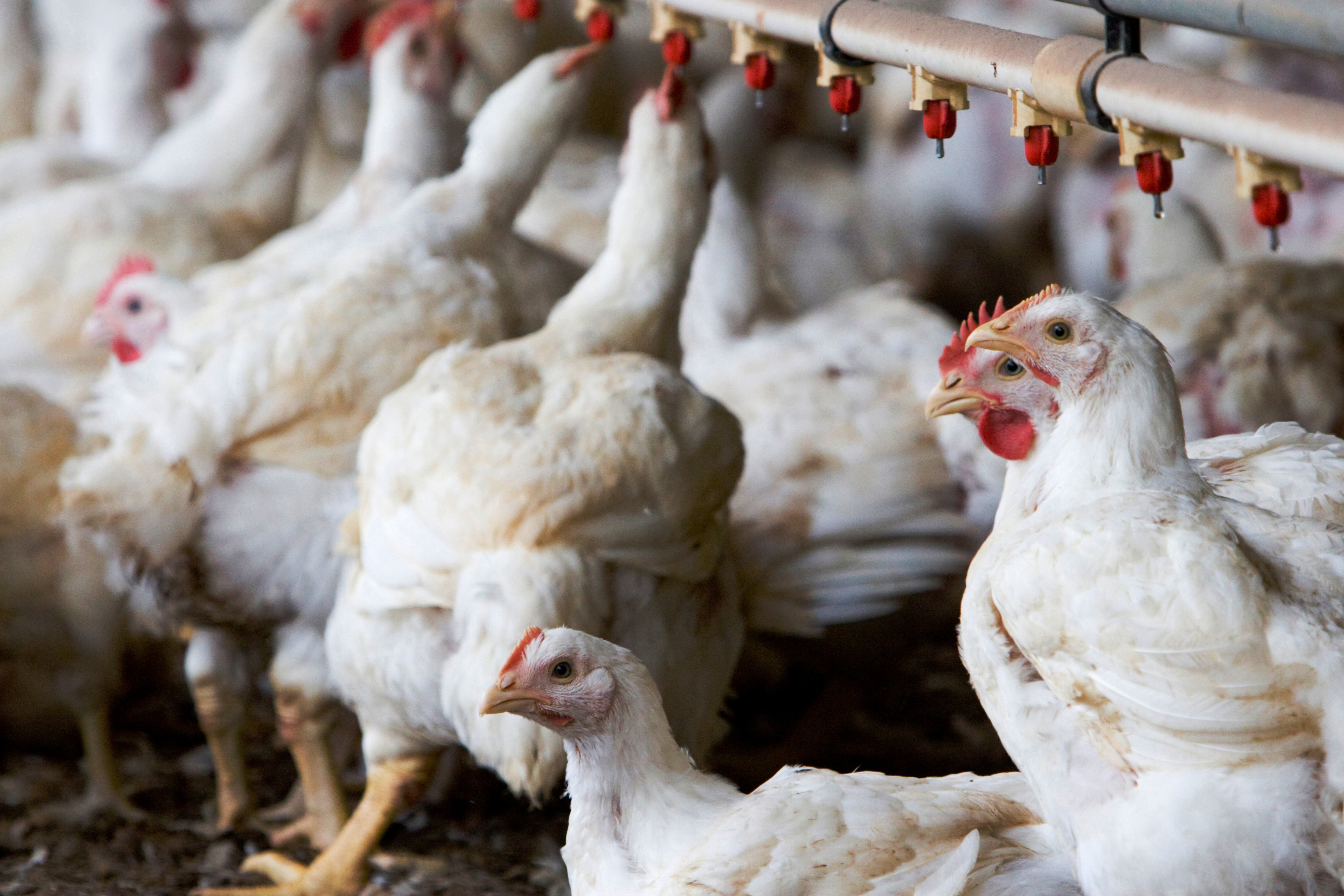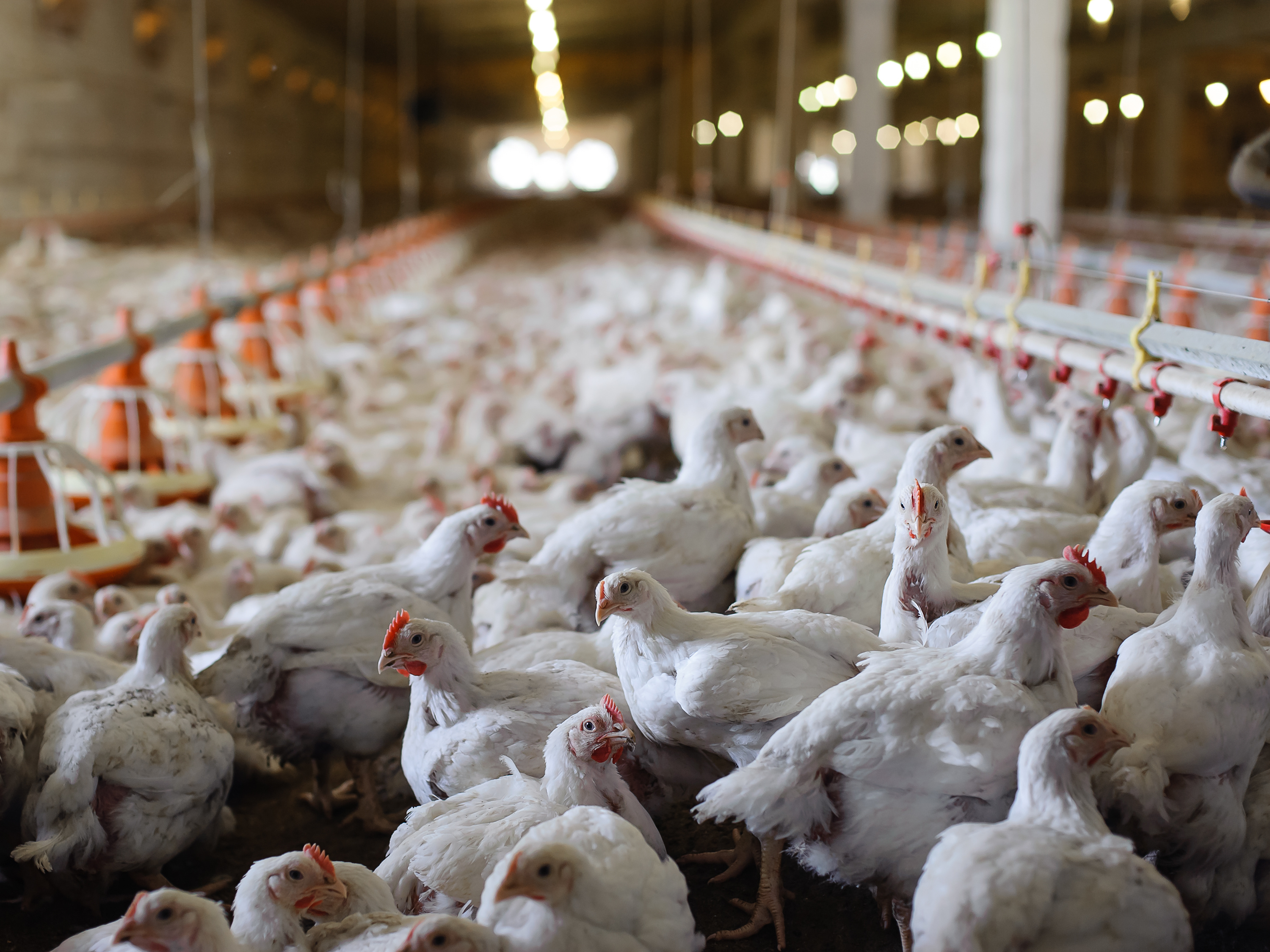



Link between broiler genetics, gut health and immune response becomes clearer in University of Maryland study
Researchers have learned that a chicken's breed and genetics play a stronger role in fighting off Salmonella typhimurium infections than other factors like gut health or the microbiome.USPOULTRY and the USPOULTRY Foundation announce the completion of a funded research project at the University of Maryland in College Park, Maryland, in which researchers identified the contribution of broiler genetics on gut health and immune response when challenged with Salmonella Typhimurium.

The research was made possible in part by an endowing Foundation gift from Ingram Farms and is part of the Association’s comprehensive research program encompassing all phases of poultry and egg production and processing. A summary of the completed project is as follows.
Project #714: identifying the contribution of broiler genetics on gut health and immune response when challenged with Salmonella typhimurium
(Dr Shawna Weimer, Department of Animal and Avian Sciences, University of Maryland, College Park, Maryland)
Dr Shawna Weimer and colleagues at the University of Maryland recently completed a research project that evaluated the differences in immune response, gut morphology and microbiome, and behavior of fast- and slow-growing broiler chickens challenged with Salmonella typhimurium.
The results showed that Salmonella did induce a small variety of responses, including impaired intestinal morphology in fast-growing birds at 24 days and elevated IgA concentrations at 21 days in the slow-growing birds. The fast-growing birds were heavier, had greater jejunum gut integrity, and greater concentrations of immunoglobulins IgA and IgG in blood plasma by 24 days.

Slow-growing birds had greater IgG concentrations at 7 days and their gut integrity was more resilient to challenge by 24 days. Behaviorally, fast-growing broilers were less exploratory, social and aggressive than slow growing. Birds from both breeds and challenge treatments sat more and stood less on days 16 and 20 after challenge, which the researchers hypothesize could have been due to the stress of subjection to oral gavage.
The results of this study indicate that meaningful genotypic and phenotypic differences exist between fast- and slow-growing broiler body weight, immune response, gut morphology and microbial communities, and behavior when challenged with Salmonella typhimurium. Delineating the differences in basal and Salmonella-challenged phenotypes of broilers with divergent growth rates provides useful information for genetic, nutritional and management decisions.
Overall findings showed that breed had a much stronger effect than Salmonella challenge, indicating that meaningful genotypic and phenotypic differences exist between fast- and slow-growing broiler body weight, immune response, gut morphology and microbial communities, and behavior when challenged with Salmonella typhimurium.









